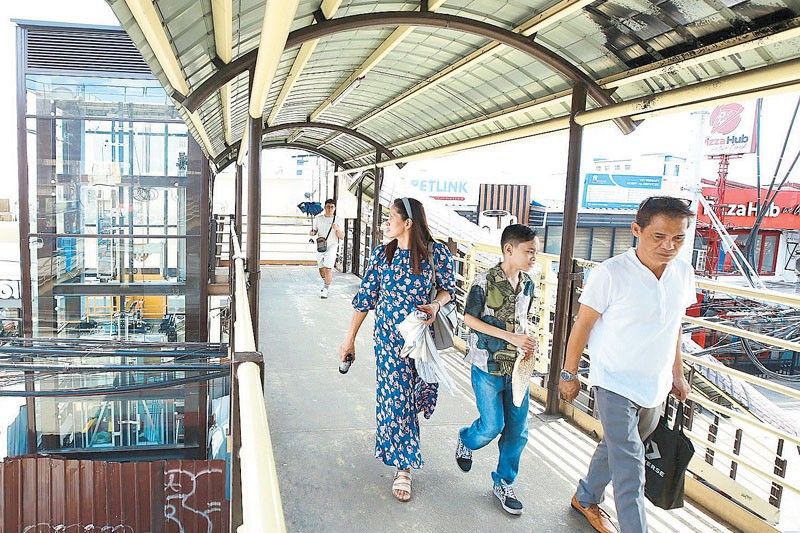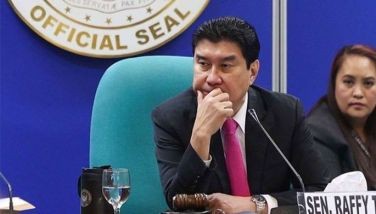EDSA enforcers go deaf from noise exposure – UP study

MANILA, Philippines — Traffic enforcers manning EDSA, one of the busiest thoroughfares in Metro Manila, experience moderate hearing loss following prolonged noise exposure and the lack of proper equipment to protect themselves against harmful noise, according to a study by the University of the Philippines (UP)’s Manila campus.
Researchers of UP-Manila’s National Institutes of Health (NIH) found that Metropolitan Manila Development Authority (MMDA) traffic enforcers working the stretch of EDSA are 25 percent more likely to experience hearing abnormalities if exposed to an eight-hour equivalent sound pressure level of over 85 dBA, especially at frequencies above 2,000 Hz.
“Our study showed that 13 percent of the research participants experienced significant noise exposure at work, and approximately 16 percent of the participants had moderate hearing loss or worse in at least one ear,” said Dr. Kimberly Mae Ong, research assistant professor at the Philippine National Ear Institute.
Ong said the research team found it surprising that no field personnel had the proper equipment to protect themselves against harmful noise exposure.
“Some of them felt that their bandana provided them sufficient protection from noise. This showed us that there is a need for hearing health education, which we hope can be integrated into their training,” Ong said.
The study involved 108 MMDA traffic enforcers and office-based personnel assigned along EDSA for over five years.
Each participant wore noise dosimeters to record noise levels during their eight-hour work shifts. Data collected from the mechanisms were tested at least 16 hours after work to avoid the effects of a hearing phenomenon known as a temporary threshold shift.
The study recommends regular noise exposure monitoring for traffic enforcers and identifying high-risk areas for targeted noise mitigation.
It also underscored the importance of protecting street sweepers, vendors and public transportation drivers against prolonged noise exposure.
“I hope this research helps create awareness about the possible effects of prolonged noise exposure, especially road traffic noise,” Ong added.
The study stressed that hearing loss – defined as the inability to hear as well as someone with normal hearing, characterized by thresholds of 20 decibels or better in both ears – is subtle, painless and often gradual.
In mild cases, individuals may have difficulty with conversations in noisy environments, frequently asking others to repeat themselves, but usually do not experience problems in quiet settings.
“At work, these subtle changes in hearing can affect an employee’s ability to communicate effectively with their co-workers, possibly leading to misunderstandings. It can affect productivity and work efficiency, so there is also a potential economic impact. Significant chronic noise exposure often causes irreversible hearing loss; thus, the focus should really be on hearing loss prevention,” Ong said.
The research team said it also plans to conduct a longitudinal study to track the long-term hearing health of MMDA employees and broaden its research to include other major roads in Metro Manila.
- Latest
- Trending



























